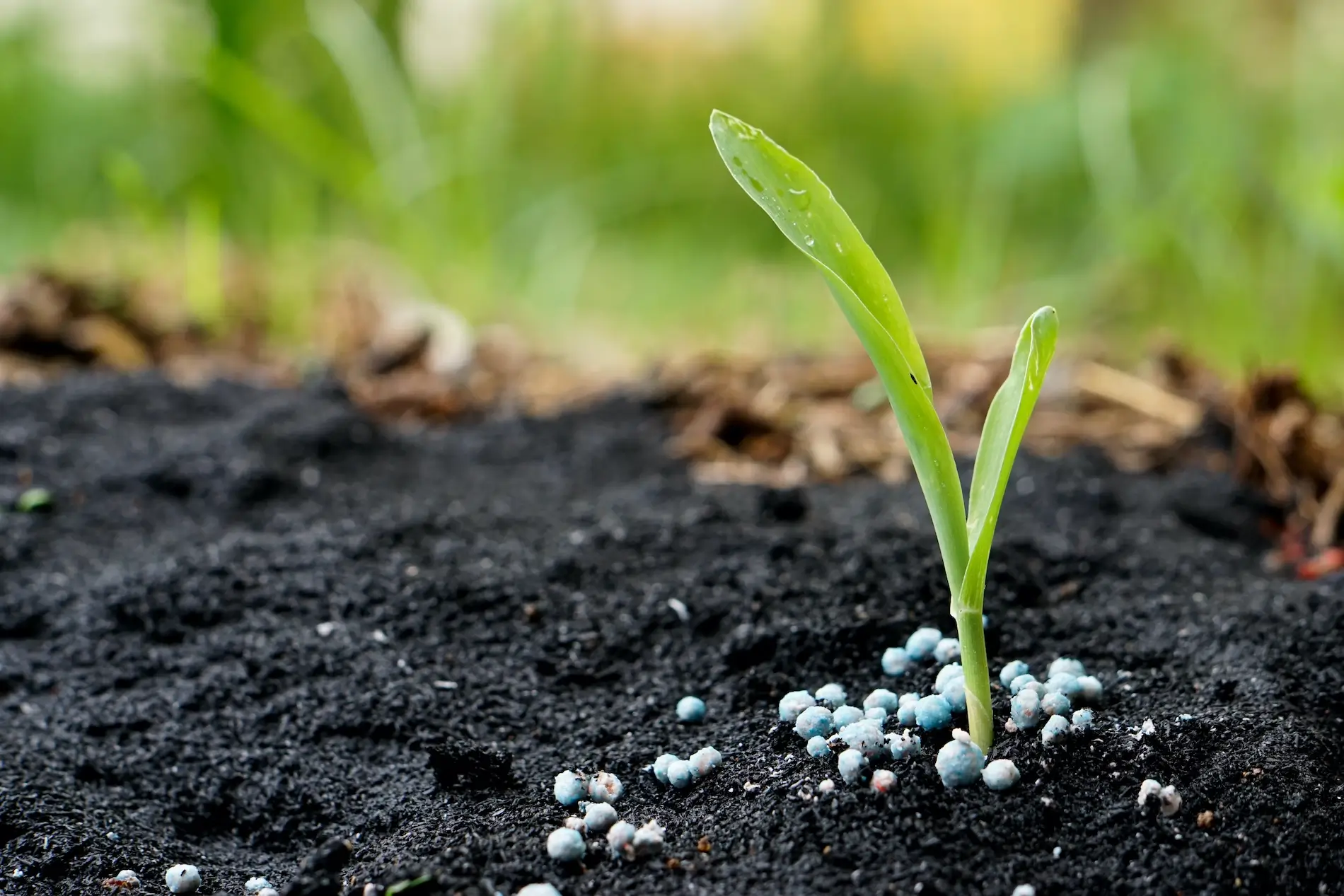
There are many ways to ensure that your garden grows happy and healthy plants and flowers like the beautiful collection of species available at Gardeners Dream. That includes ensuring they’re being watered on time, getting enough sunlight and having the right amount of soil. Speaking of soil, one way to ensure your plants receive the nutrients they need is to use fertiliser.
Fertiliser is another important part of ensuring that your garden gets the nutrients it needs to thrive. Different types of fertiliser can promote different kinds of growth in plants, flowers, shrubs, and trees. They come in various forms, such as organic and synthetic, liquid or granular, and slow-release or fast-release formulas.
Why Is Fertiliser So Important?
Fertiliser is an essential part of a garden, providing the necessary nutrients for the soil and helping to ensure that plants receive adequate nutrition for healthy growth. The nutrients found in fertiliser are derived from natural sources, such as animal waste or plant materials. With regular use, fertiliser can help improve the structure of soil and provide a higher level of organic matter.
Minerals like phosphorous, nitrogen, and potassium are often found in fertilisers. They help to promote the growth of new roots and leaves, as well as flowering and fruit production. Without these minerals, plants would be unable to absorb essential nutrients from the soil. Vitamins that plants need can also be found in fertiliser and help to ensure they receive all of the necessary nutrients for their growth needs.
Types Of Fertilisers
The type of fertiliser you use will depend on what kind of plants you are growing and their specific nutritional requirements. Here are some of the most common types of fertilisers used in gardening:
Organic Fertiliser
This type of fertiliser is made from natural sources, such as animal waste or plant materials, which have been decomposed into a usable form. It contains beneficial microbes and fungi, which can help promote healthy root development and nutrient absorption. Additionally, it helps to improve soil structure by adding nutrients to the soil without risking chemical runoff or contamination of nearby bodies of water.
Synthetic Fertiliser
Synthetic fertilisers contain chemical compounds such as nitrogen, phosphorous, potassium, magnesium, calcium and sulfur. They are often used when plants need quick, concentrated nutrition and can also be used to supplement organic fertiliser. However, because they are chemical-based, synthetic fertilisers can potentially damage the environment if not used properly.
Liquid Fertiliser
This fertiliser is available in organic and synthetic formulas. It is applied directly onto plants or the soil using a spray bottle or watering can. Liquid fertiliser offers immediate results and helps promote healthy growth relatively quickly.
Granular Fertiliser
Gardeners often prefer Granular fertilisers because they are easy to spread evenly over large land areas. These fertilisers are available in organic and synthetic formulas, depending on what nutrients your plants need. They are applied using a broadcast spreader and must be watered to work properly.
Slow-Release Fertilizer
Slow-release fertilisers break down slowly over time, releasing their nutrients gradually as the soil needs them. This type of fertiliser helps to reduce wastage. It allows your garden to receive the necessary nutrients without re-applying the fertiliser every few weeks or months.
Fast-Release Fertiliser
Fast-release fertilisers provide quick results for those looking for an immediate boost of nutrition for their plants. It can quickly correct nutrient deficiencies or give new seedlings a jumpstart on growth, but it should not be used on established plants as its concentrated nutrients can be too powerful.
Conclusion
No matter what type of garden you have, using fertiliser is an important part of ensuring happy and healthy plants throughout the year. With a bit of research and understanding, you’ll soon feel comfortable selecting the right types of fertiliser for your garden! Happy gardening!
Emily Hawthorne
Related posts
Stay connected
- How LoveOn Chat Is Becoming the Most Versatile AI Companion for Digital UsersThe internet keeps shifting toward hyper-personal interaction, and AI companions are at the center of this shift. What used to be simple chatbots are now evolving into emotionally aware, adaptive, and multi-functional digital partners. Among the new generation of platforms, LoveOn Chat is becoming one... The post How LoveOn Chat Is Becoming the Most Versatile […]

